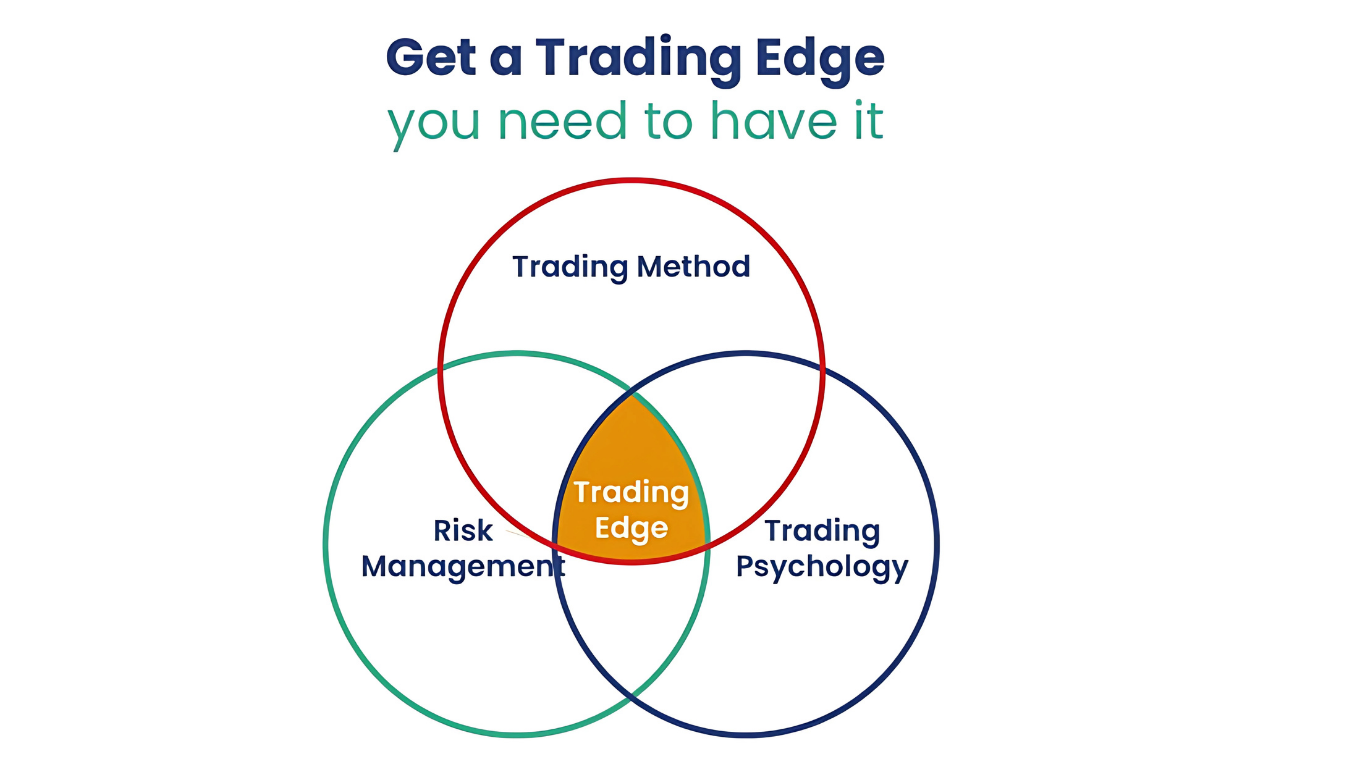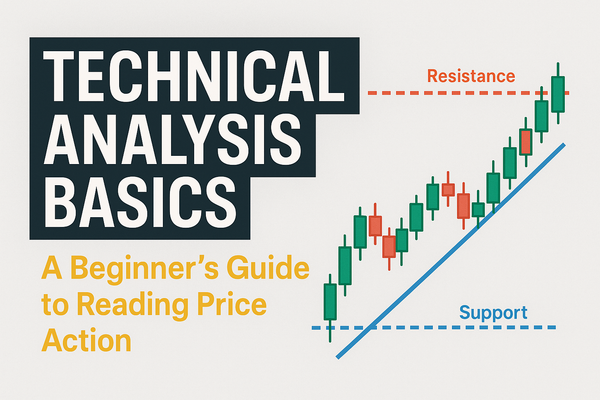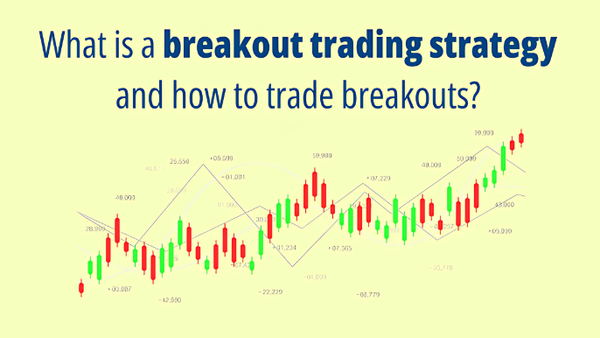What Is a Trading Edge and How to Develop One That Works
A trading edge is the secret weapon that separates profitable traders from inconsistent ones. Learn how to develop your edge, test it, and build confidence in your setups and system so you can trade with long-term confidence.

In trading, a "trading edge" is any factor or combination of factors that gives you a statistically measurable advantage over the market. This is not about winning every trade. Instead, it's about placing trades where, over a series of outcomes, your edge results in consistent profitability.
A trading edge could come from:
- A specific chart pattern or price action setup
- A unique entry/exit strategy
- Superior risk management discipline
- Better emotional control than most traders
- Faster or smarter execution
To put it simply: your edge is your reason for believing that you will be profitable over time. Without it, trading is guesswork.
Why You Need a Trading Edge

If you’re trading without a defined edge, you’re gambling. The market is a professional game played by full-time participants, hedge funds, and high-frequency trading algorithms. To succeed, you need a proven method — not just hope.
Your trading edge is what keeps you grounded. It gives you:
- Clarity on which trades to take and which to avoid
- Confidence to stick with your plan, even after a loss
- Consistency in execution and review
When things go wrong (and they will), your edge is what you fall back on to correct course.
How to Identify or Create Your Edge

Let’s break down a process for developing your trading edge:
1. Track What Already Works for You
Review your past trades. What setups consistently led to wins? What conditions (time of day, stock float, price range, volume) seem to align with your profitable trades?
Use a trading journal to identify patterns. Many traders overlook the data that’s already available in their own results.
2. Define the Core Components
A real edge includes multiple factors:
- Setup: What pattern, indicator, or price action are you looking for?
- Risk management: Where is your stop? What is your position sizing method?
- Execution: Are you entering based on confirmation or anticipation?
- Review: How do you assess your performance and improve?
Each component supports the edge. An effective setup with poor risk management is not an edge — it's a trap.
3. Test It — Backtest and Forward Test
Backtesting means testing your edge on historical data. It helps you see whether your setup had an advantage in the past.
Once backtested, forward test it in a paper trading account or with small size. This helps you build confidence without risking too much capital.
4. Know Your Stats
A true edge is quantifiable. You should know:
- Your win rate (e.g., 60%)
- Your average reward-to-risk ratio (e.g., 2:1)
- Your expected value (positive expectancy over time)
Here’s a simple formula:
Win Rate x Avg Reward – Loss Rate x Avg Loss = Positive Expectancy
If the result is positive, and you can execute consistently, you have an edge.
Investopedia: Risk-Reward Ratio
5. Refine and Evolve It
Markets change. A winning edge today might not work next year. Monitor your performance and stay flexible. Keep a habit of monthly reviews.
You can always sharpen your edge by:
- Filtering out low-probability trades
- Improving execution speed or timing
- Adding context from broader market trends
Common Examples of Trading Edges
- Reversal setups at VWAP or support zones
- Breakout patterns with volume confirmation
- Pullback entries in strong trends
- Gap and go setups in small caps
- Statistical arbitrage (advanced)
The key isn’t finding the most popular strategy — it’s finding one that you can execute repeatedly with confidence.
The Role of Psychology in Maintaining Your Edge
Even with a solid edge, psychology can make or break your trading. Doubt, fear, or greed can cause you to:
- Skip valid setups
- Move stops
- Take trades outside your plan
That’s why part of your edge must include emotional discipline. Journaling and pre-market routines can help.
Psychology of Trading: Master the Mental Game
Risk Management: Your Edge’s Lifeline
No edge can survive poor risk management. Losing too much on one trade can wipe out a week of progress. Always:
- Use stop-losses
- Keep position sizing appropriate
- Accept losses as part of the game
Stop Losses – Use Stop Orders Like a Pro
Final Thoughts: Make Your Edge Yours
Your edge is personal. Don’t just copy someone else’s. Learn from them, yes — but build something tailored to your psychology, schedule, and strengths.
Over time, your edge becomes more than a strategy. It becomes a mindset — one built on discipline, review, and growth.
When you trade with an edge, you're not chasing wins. You're executing a system. And that’s how long-term traders win.




